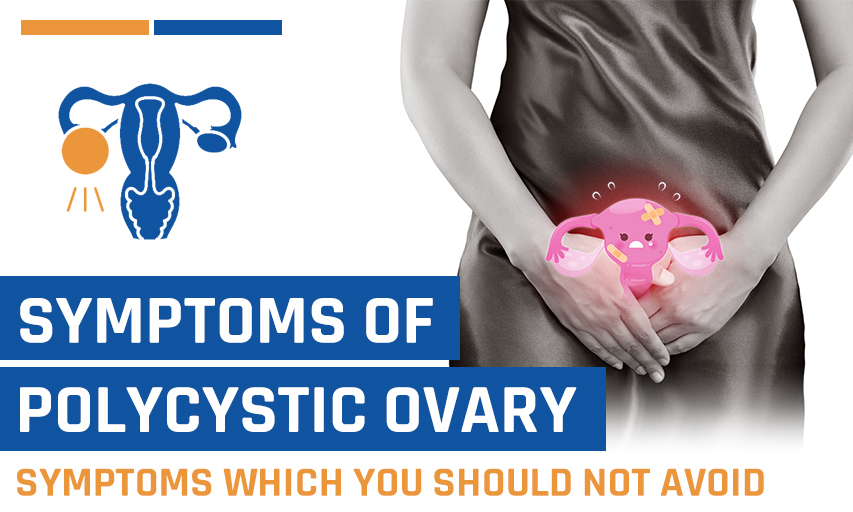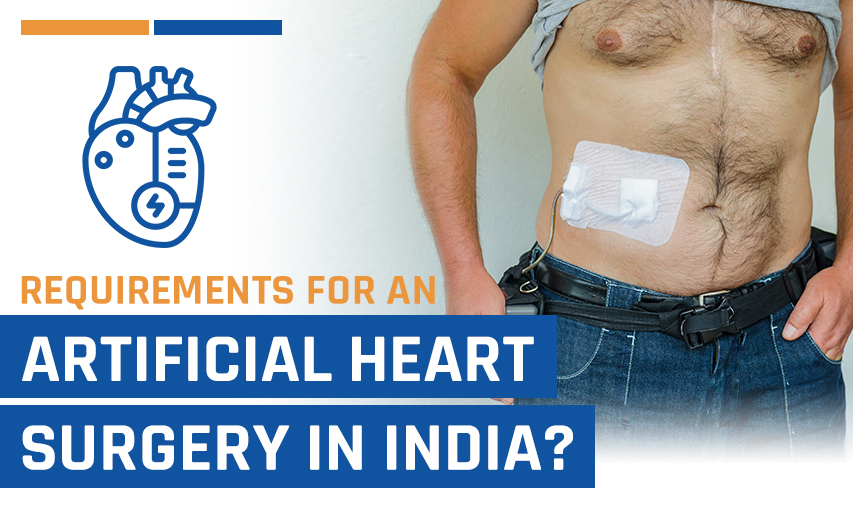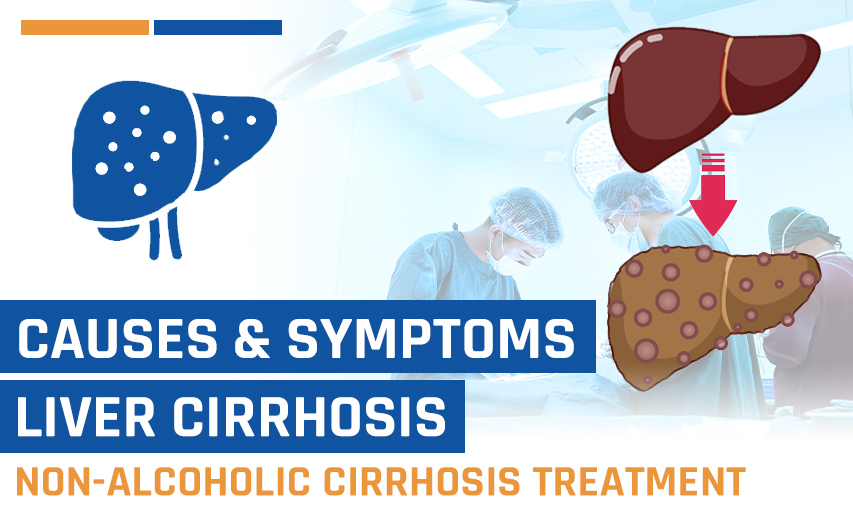Life After Bone Marrow Transplant: Recovery Process & What Comes Next
Bone marrow transplantation is a life-saving intervention for patients suffering from blood disorders, such as leukaemia, lymphoma, and aplastic anaemia. While the transplant itself represents a significant milestone, full recovery and bone marrow function restoration play a necessary role in its long-term success.
With advances in medical technology, highly qualified doctors, and cost-effective treatment options, African patients have recently been travelling to India for bone marrow transplant procedures. With a high bone marrow transplant success rate and world-class healthcare facilities, patients from neighbouring African countries are also needing treatment in India.
Understanding what to expect during the recovery process and being well-informed about bone marrow transplant in India will help both patients and their families prepare for the procedure. Let’s look more into life after bone marrow transplant with this blog and the steps following the transplant.
How is the Recovery Process After Bone Marrow Transplant in Patients?
Recovering after bone marrow transplantation can be challenging. The recovery process involves a lot of medical monitoring, lifestyle changes, and emotional resilience. Here is an overview of the critical steps in BMT recovery:
1. Immediate Post-Transplant Phase
The first few weeks after a BMT procedure are critical. Patients remain in the hospital under strict medical observation to monitor their body's response to the transplant.
- Engraftment: The new transplanted stem cells start to multiply and create healthy blood cells. This process usually takes about 2 to 4 weeks.
- Monitoring for Complications: Doctors will be monitoring the development of an infected area in case of bleeding to indicate a possible graft-versus-host disease (GVHD), in which the newly developed immune cells of the patient attack the body, competing with its own cells.
- Strict Isolation: Because of the compromised immune system, these patients are placed in extreme isolation to prevent infection.
2. Early Recovery Phase (First 3 Months)
After discharge, patients need to follow strict guidelines to prevent infections and complications.
- Frequent Check-Up: It is recommended that clinics perform all needed blood tests and check-ups regularly to follow up on the patient following the bone marrow transplant.
- Diet Restriction: A healthy diet, rich in proteins and vitamins, is essential for healing.
- Avoid Crowds: As the immune system is still low, patients should avoid crowds, public places, and people who are sick.
3. Long-Term Recovery Phase (3-12 Months)
This stage involves regaining strength and adjusting to life after a bone marrow transplant.
- GVHD Management: Patients might develop GVHD that requires treatments and provides long-term benefits.
- Physical Rehabilitation: Exercise and physiotherapy help rebuild strength and overall health.
- Mental Health Support: Anxiety and depression are prevalent; psychological counselling is recommended for such cases.
4. Late Recovery Phase (1 Year & Beyond)
A full recovery after a bone marrow transplant or BMT treatment can take 1-2 years, depending on a person’s anatomy and health conditions.
- Vaccinations: The reset of the immune system necessitates a new round of childhood vaccinations.
- Lifestyle Adjustments: Proper nutrition, physical activity, and adherence to prescriptions prevent relapses.
- Resuming Work & Daily Activities: A number of patients return to the job or school on a gradual basis as soon as they are strong enough.
What are the Challenges Faced After Bone Marrow Transplant & What to Do?
Recovering from a bone marrow transplant procedure is not solely just a physical aspect but also emotional and financial. Here are some common challenges patients face after a bone marrow transplant:
■ Infection Risks:
Because the immune system is not kept very strong, even minor infections can become serious. Total hygiene has to be maintained, and the prescribed medicines need to be followed.
■ Graft vs Host Disease (GVH):
When the immune cells from the donor attack the host’s tissue, the condition is called GVHD. It manifests with skin rashes, vomiting, and liver problems. Medications, along with periodic follow-up, are prescribed for the management of GVHD.
■ Generalised Fatigue and Muscle Weakness:
Many patients experience long-lasting fatigue, such as difficulty resuming daily activities. A balanced diet, with some light exercise, can be helpful for rebuilding strength during this time.
■ Emotional Problems:
Common emotional aftereffects of a bone marrow transplant can include depression, anxiety, and post-traumatic stress disorder. You can join important services such as support groups, therapy, and counselling to help you with your emotional problems during recovery.
■ Financial Load:
Bone marrow transplant is quite expensive in African countries. It is therefore ideal to choose India for such treatments, as Indian hospitals offer high-quality bone marrow transplants at an affordable expense.
What Are Some Tips for a Smooth Recovery After Bone Marrow Transplant in India?
Recovery after a bone marrow transplant can be very tough. However, the whole procedure can be made more bearable by following the instructions laid down by your doctor.
1. Follow Medical Advice Strictly
Taking medication on time per the prescription, attending follow-up appointments, and keeping the doctor informed about any unusual symptoms is very important. Very often, subtle symptoms might indicate the onset of complications that require attention. This could also prolong the healing process by allowing infections, organ damage, or other complications to set in; hence, it is crucial to effectively follow the doctor’s recommendations after a bone marrow transplant.
2. Maintain Good Hygiene
Hygiene plays an important role in preventing infections during recovery. The patients must keep washing their hands with antiseptic soap, keeping their environment clean and dust-free, and disinfecting frequently touched surfaces. They must stay away from raw or undercooked food since these foods can lead to a bacterial infection after bone marrow transplant.
3. Eat a Nutritious Diet
A good diet gives strength to the body and supports the immune system. Protein-rich foods, fresh fruits, and vegetables should be the foods of choice for the patient, whereas processed foods and sugary snacks must be avoided. A good amount of water intake helps flush out the toxins after a bone marrow transplant, thereby ensuring better health.
4. Stay Physically Active
Although strenuous exercise should be avoided initially, mild physical activities like walking or light yoga can improve blood circulation and prevent muscle loss. Gradually increasing physical activity will wear off fatigue and enhance energy levels, which are generally affected after a bone marrow transplant.
6. Monitor Your Health Regularly
Regular check-ups enable physicians to detect any complications at the earliest. Blood tests, imaging, and doctor appointments at this stage can prevent additional health issues. If any unusual symptoms develop, immediate medical intervention can make a significant difference.
The Bottom Line: How is Life After Bone Marrow Transplant?
Recovering after a bone marrow transplant is a long but rewarding journey. With the combined efforts of medical and lifestyle changes, as well as emotional support, patients will be able to combat their diseases, regain strength, and become relatively normal again. For African patients, travelling to receive bone marrow transplantation in India is beneficial as it gets them access to high-quality healthcare and top bone marrow specialists in India for a better chance of recovery.




















Be First To Comment
Leave a Comment